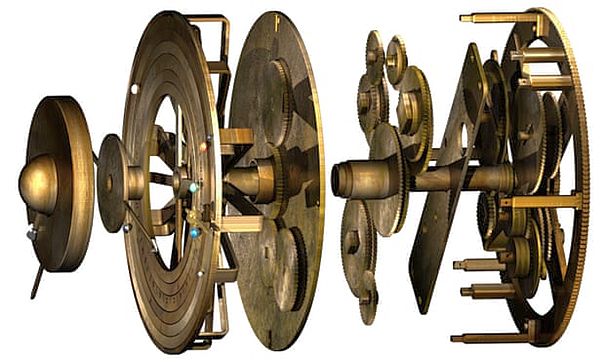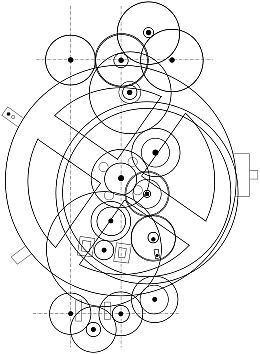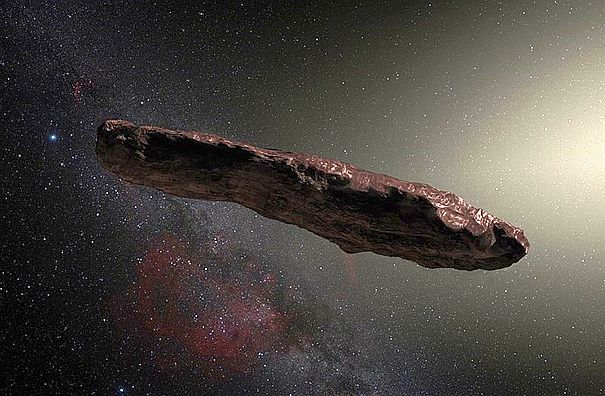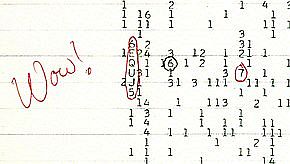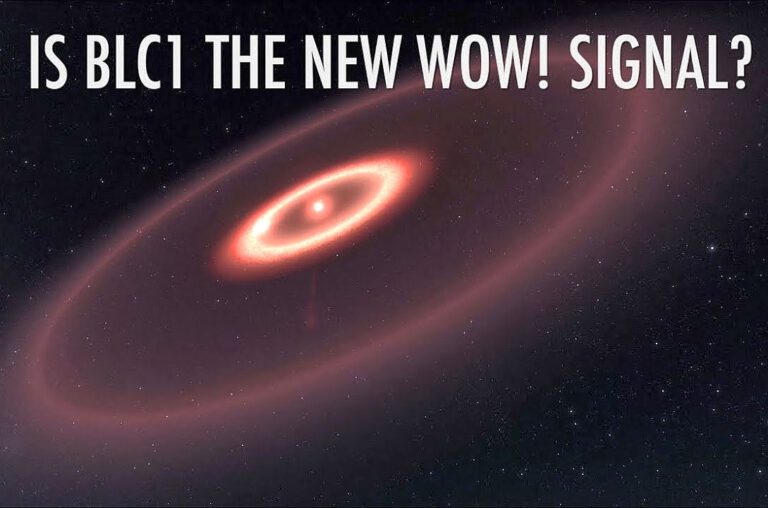Stephen Hawking

De bekende Britse natuurkundige en kosmoloog Stephen Hawking zou een paar dagen geleden (08/01/22) 80 jaar zijn geworden. Hij overleed in 2018 in zijn woonplaats Cambridge.
Hawking was al op vroege leeftijd aan een rolstoel gekluisterd door de spierziekte ALS, maar zijn denkvermogen en enthousiasme om ingewikkelde wetenschappelijke ideeën aan een breed publiek uit te leggen werden nooit aangetast.
